Types of power saw and choosing the right one for your DIY project
What types of power saw do you need? We take a closer look at six saws that you should consider for your collection and why you might need them
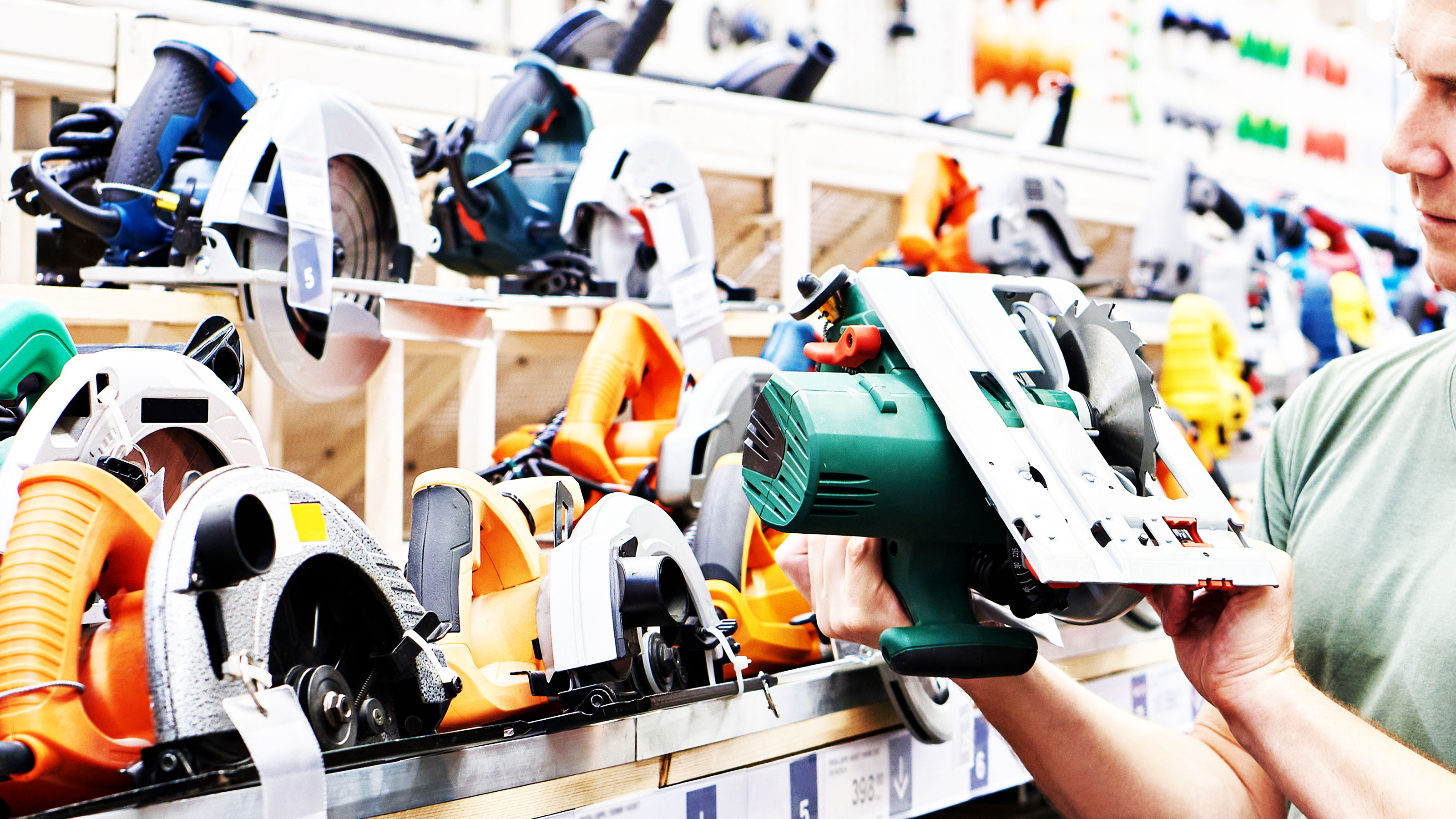
Got a DIY project, but not sure which types of power saw you are going to need? Do you need something that will power through timber, plasterboard and nails? Do you want something that will slice through MDF, plywood or OSB? Or, do you need something for more intricate or awkward cuts that are not so simple and straightforward?
There are a lot of different types of saw on the market, and any serious DIYer will need at least one. But it is more likely that two or three will be a realistic option. But which should you get? A general purpose saw complemented by a more specialist one is a good choice.
Here we look at the popular power saws for DIYers and a few specialist options that will be a useful addition to any collection.
Types of power saw: Making the right choice
Do you need an all-rounder, or do you need a specialist saw? Do you need to invest in more than one power saw? We’re here to help you decide.
1. Circular saw
A quality circular saw is definitely a power saw that you should seriously consider adding to your collection. The best circular saws are a great all-rounder and there is plenty of choice on the market at price points for all budgets.
Cordless models with a brushless motor are a better long term choice, but there are good budget corded options like the Mac Allister 1500W from B&Q - which scored 4 out of 5 in Homebuilding & Renovating's macallister-1500W-circular-saw review - if you are an occasional user.
A handheld power tool, a circular saw gets its name from having a circular blade rather than a straight blade. It is a tool that you can use free hand for quick cuts, but it can also be used for straight cuts using a parallel guide. Circular saws also allow for angled cuts, typically from 1-90 degrees. The depth of cut can vary from model to model and will depend on the size of the blade, but 60-65mm is common.
The blade on a circular saw plays a big part in how it is used. These range in sizes from around 160mm to over 200mm, which as we mentioned help determine the depth of cut. The bigger the blade the deeper the cut.
But they also determine what material you can cut i.e wood, metal, plastic, masonry. You can get blades for wood, multi-purpose blades that will cut multiple materials and diamond blades for masonry and tiles. The number of teeth, known as saw TPI, helps determine the finish you get. Typically fewer teeth like a 24T blade give a rougher but quicker cut. More teeth produce a finer finish, but take longer to cut.
So what DIY jobs would you use a circular saw for? They're great for cutting sheets of MDF, OSB, plywood and other wood sheets and getting neat straight edges. They’re also useful for cutting worktops, doors, flooring, decking and metal and masonry with the right blade.
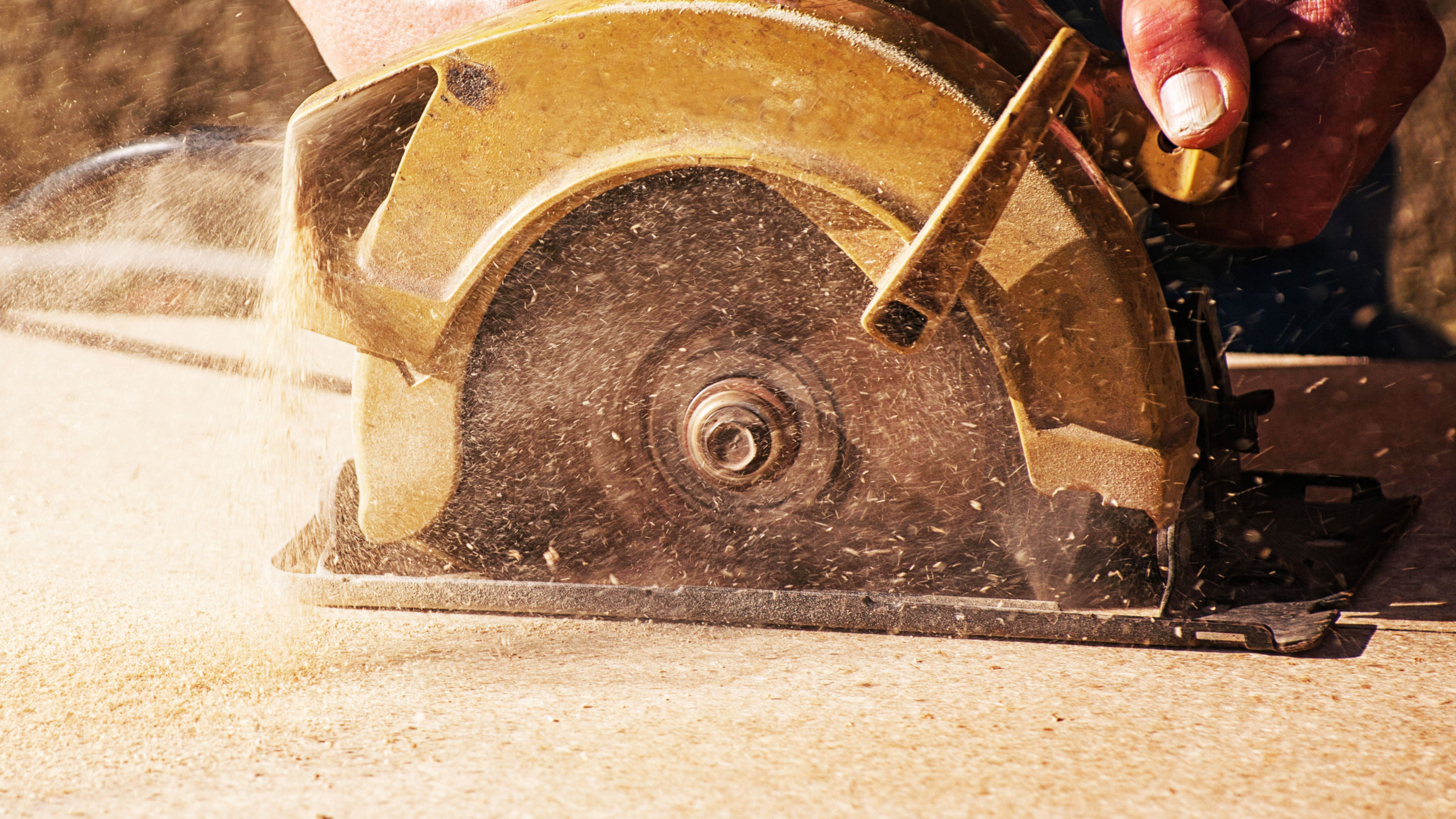
2. Jigsaw
If you are on the lookout for flexibility – and not just straight cuts – then a jigsaw is an excellent option for the job.
A handheld portable saw, a jigsaw uses a narrow blade that sits at the front of the saw in a vertical position. The bottom of the saw has a horizontal base plate - also known as a shoe - that helps keep the saw secure when cutting. They are available as corded or battery-powered cordless models like the Ryobi R18JS-0 ONE+ Jigsaw from Amazon. Corded models are typically cheaper, but don’t offer the flexibility of a cordless model.
A jigsaw is an ideal choice for cutting wood, metal and plastic – you just need to make sure that you are using an appropriate blade. A wood blade is typically used for cutting sheets of wood, especially curved shapes that other saws cannot cope with. It is also a good choice for flooring, decking and kitchen worktop ideas where you need to cut out areas that can’t be accessed from the edges. You drill a hole at the start point, drop in the blade of the saw and then let the jigsaw work its magic.
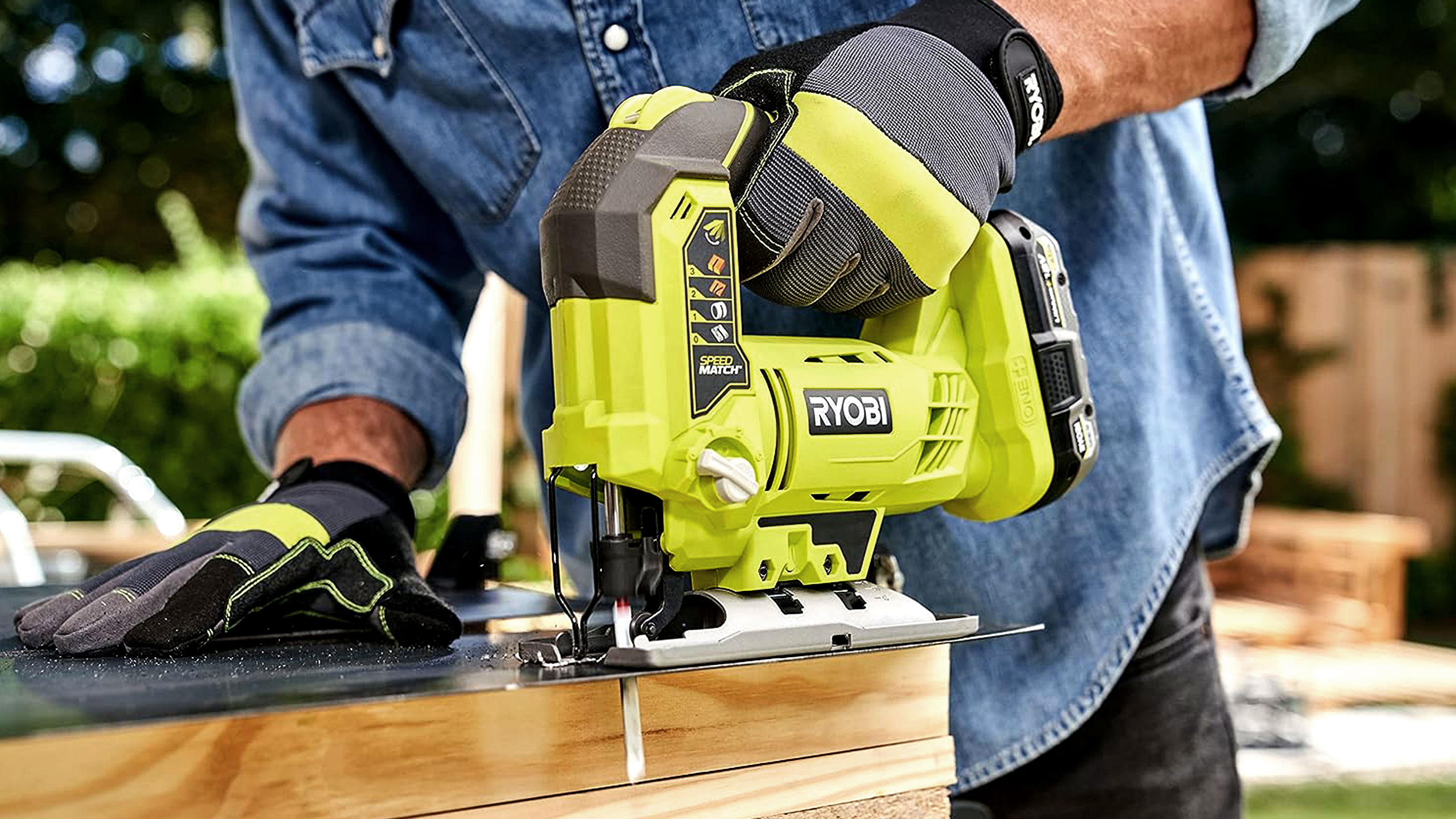
3. Reciprocating saw
If you want to rip through timber – or metal, plastic or masonry – then you need to think about investing in the best reciprocating saws. It is a multi-purpose power saw that trades and DIYers should have in their collections.
Reciprocating saws are very like a powered hand saw. They use a back and forth sawing action and are shaped with a handle at one end to grip and control and a shoe and blade as the front end. The blade is horizontal in line with the saw. Like most saws it is available in corded and cordless models like the WORX WX500.9 Cordless Reciprocating Saw from Amazon.
The blade is a key component of a reciprocating saw, you need to get the right one for whatever job you are tackling. For most jobs a multi-material general purpose blade will do the job, but if you're cutting masonry you want to get a specialist blade. You also need to check the number of teeth to define what finish you are going to get.
So what are reciprocating saws good for? They are a great choice for any job where a general purpose hand saw could be used such as demolition or remodelling jobs. They can zip through timber, nails and plasterboard. Beyond remodelling you can use it to cut sheets of wood board like plywood, OSB, MDF, saw through fence posts, garden bushes and trees, plastic pipe and metal.
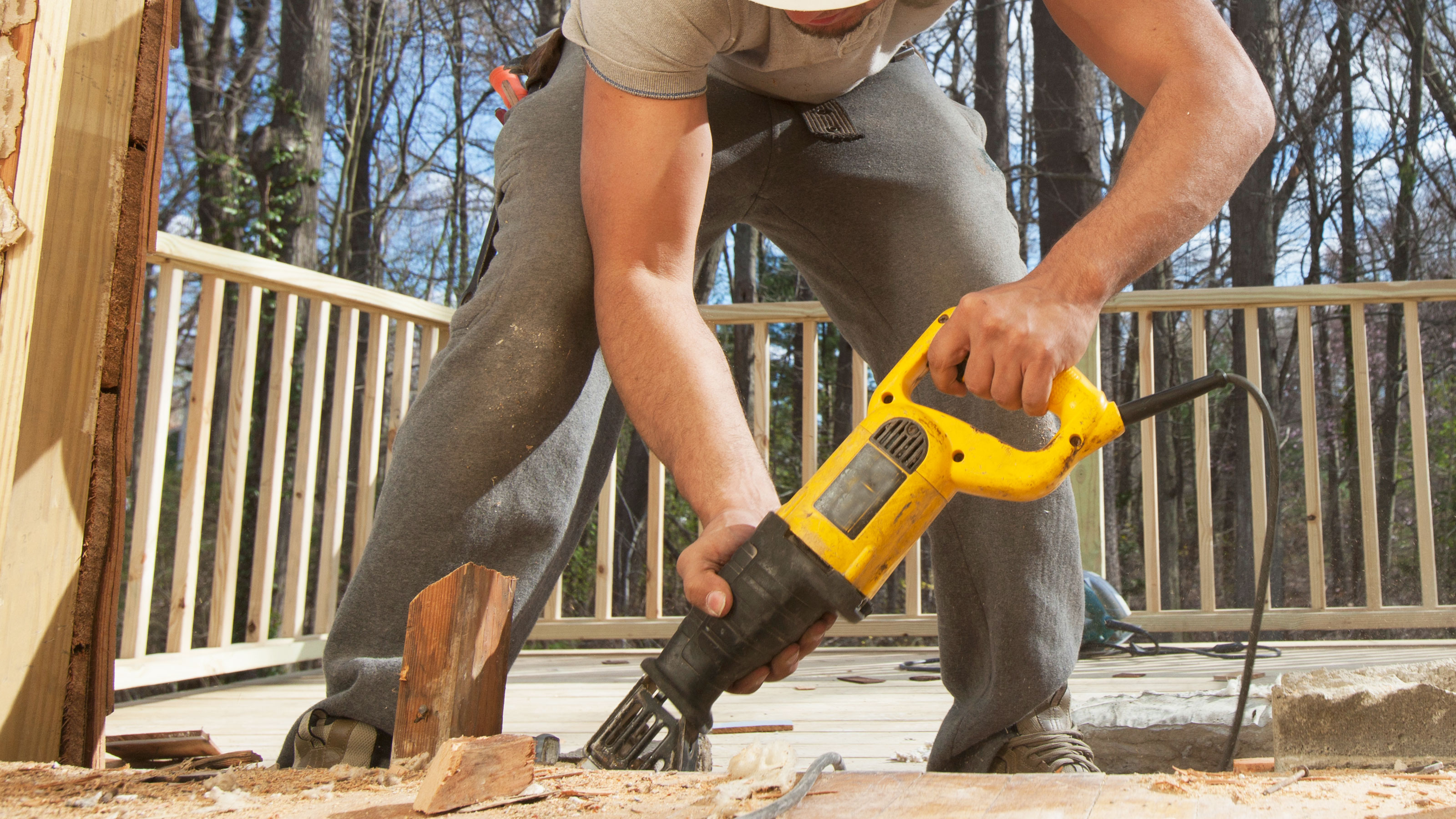
4. Mitre saw
If you need to make precise and accurate cuts on wood/composite/plastic then a mitre saw is the saw for the job. It is a fixed saw attached to a solid base that holds the material being cut and has a circular blade that is pulled down to make a cut. The saw can be moved and fixed into place to create neat accurate angles and bevels. This ensures that you are getting the same cut every time it is used.
This makes it ideal for cutting architraves, mouldings and skirting boards where precise angles and bevels are needed. It is also a good choice for cutting decking where a lot of cross cuts are needed.
Look out for a compound mitre saw like the DeWalt 1300W Corded Compound mitre saw from B&Q if you need to make a mitre cut and a bevel cut at the same time. Another variation is the sliding mitre saw that has a bar to allow the saw to move forward allowing for the accurate cutting of wider materials.
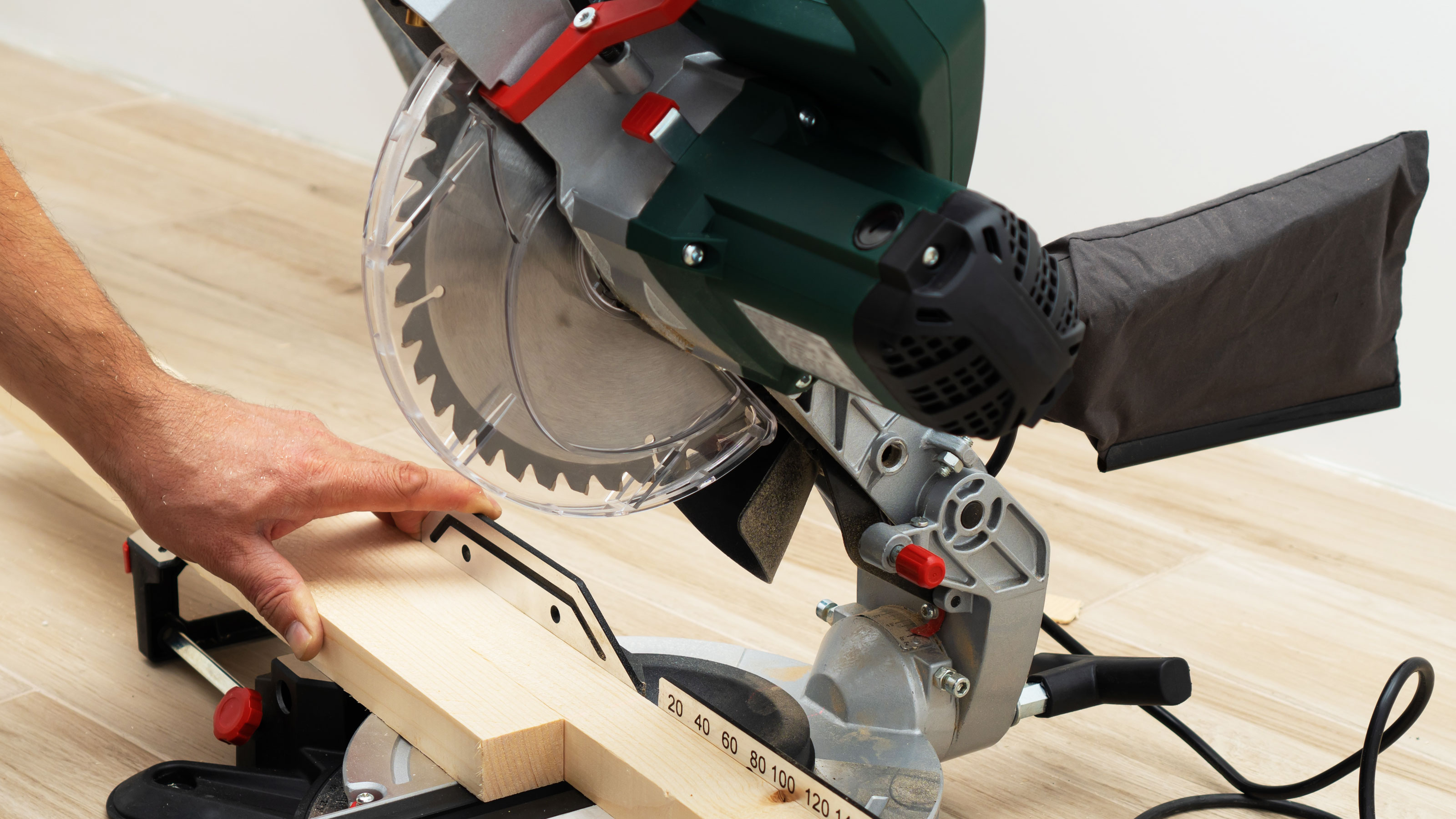
5. Table saw
This is a more specialist saw that is used to get more accurate cuts than a handheld tool. It uses a table – a large flat surface to place material on. A circular saw blade is secured in place and protrudes through the top of the table surface. A guide rail known as a fence can be moved to get the correct size cut.
The blade height and angle can be adjusted to allow for deeper cuts and bevel cuts. Common angles are 0-45 degrees, while you can typically get cutting depths up to 80mm.
Table saws like the Mac Allister 1500W Corded Table saw from B&Q are ideal for getting accurate straight cuts on long planks and sheets of wood. Its ability to change angles, makes them good for cross cuts on flooring and decking, mitre cuts on architrave and bevel cuts for skirting boards.
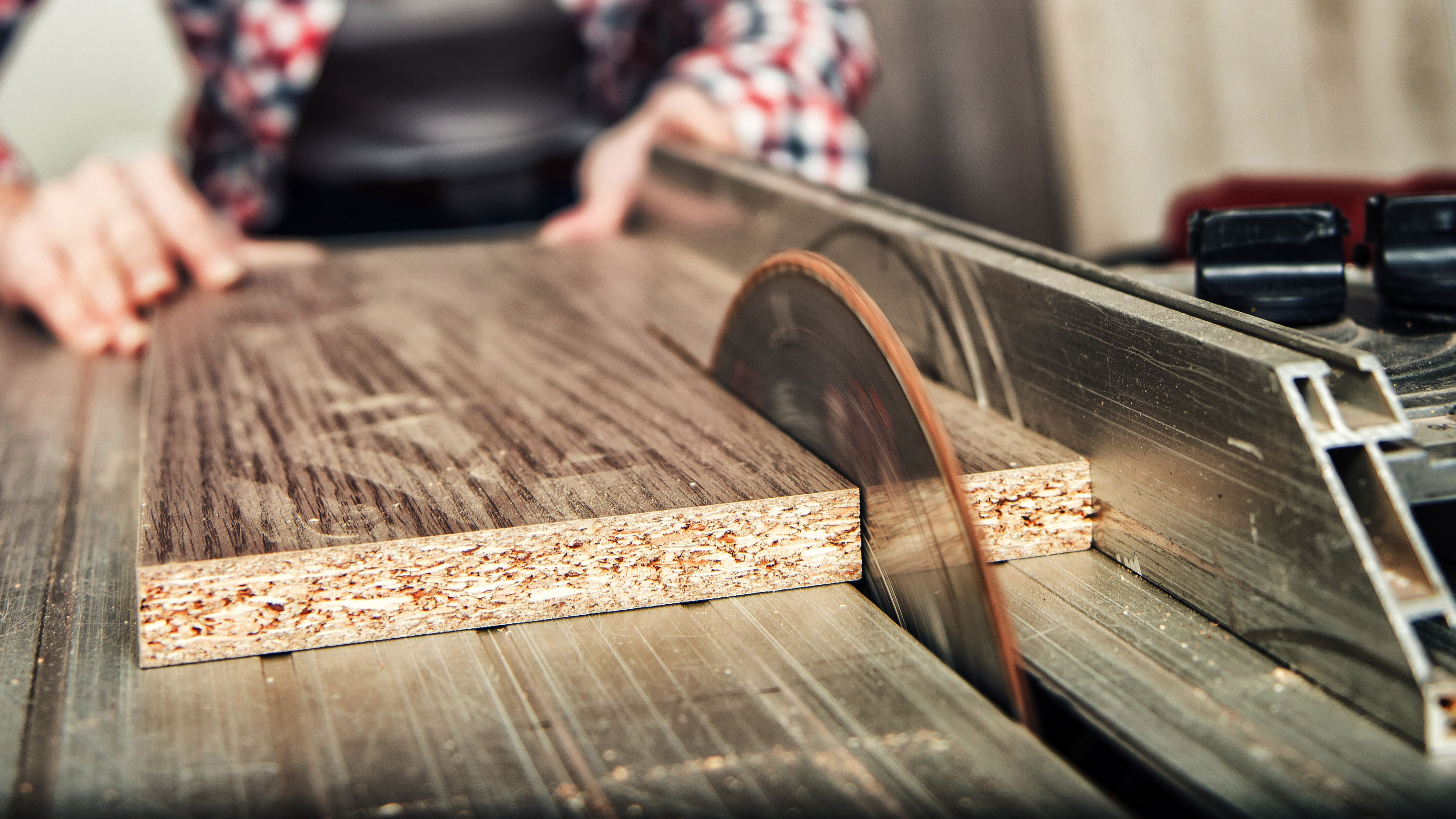
6. Chainsaw
A chainsaw is a power tool that is more suited for jobs where you need to rip through thick wood quickly. It uses a chain which is wrapped around a guide bar and powered by a small engine. The teeth of the chain have evenly spaced cutting teeth to rip through wood.
Typically, a chainsaw is used to cut through logs – ideal if you have a log burning stove – trees and bushes, but can be used on remodelling jobs where you need to cut through timber stud walls quickly.
To keep a chainsaw in tip top condition and working well you need to keep it sharp. Check out our How to sharpen a chainsaw guide to see what tools and techniques you need to get the job done.
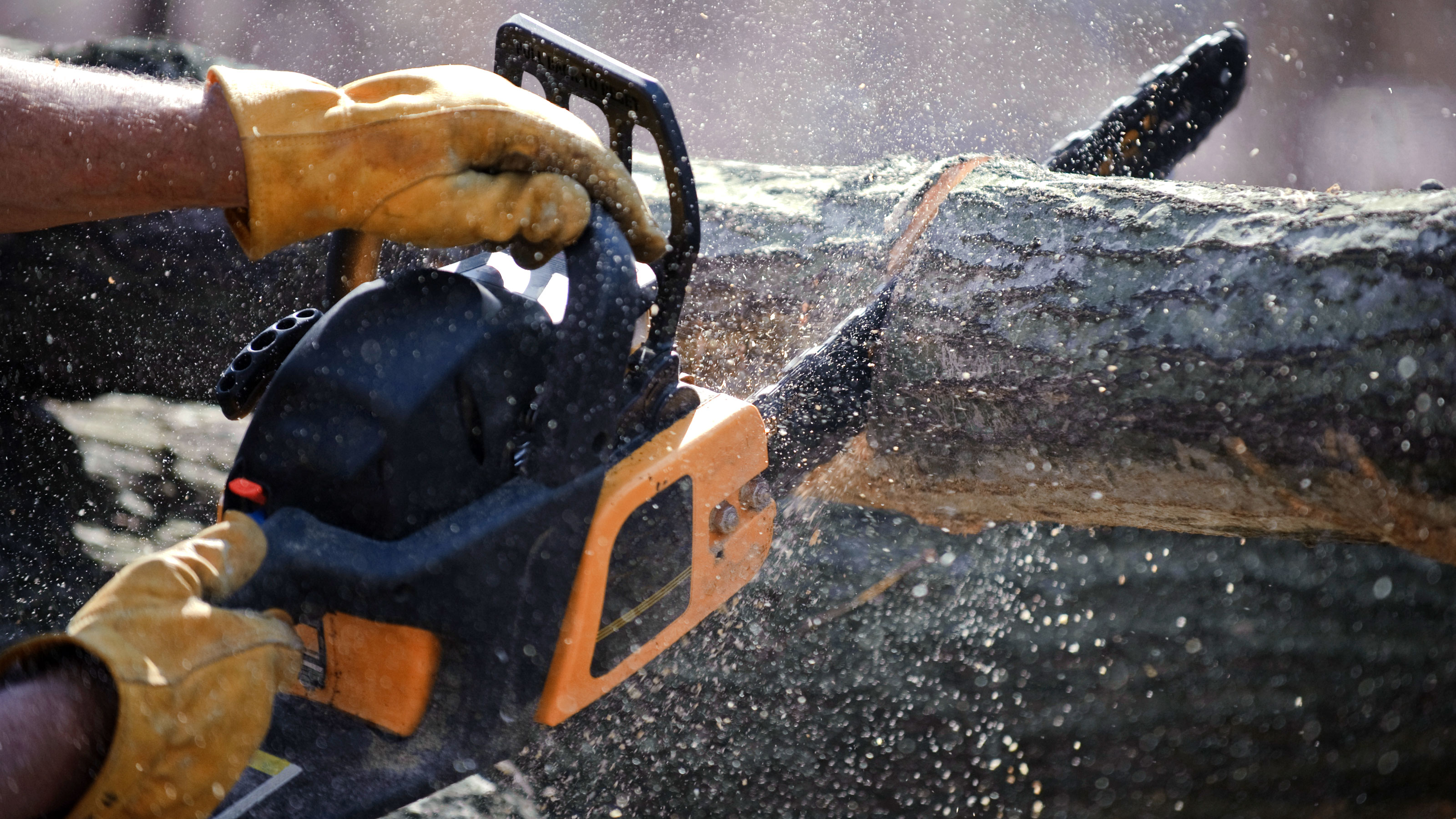
How much do power saws cost?
This depends very much on what type of saw you are looking to purchase and what brand, features and specs you are looking for. Cordless power saws with brushless motors are typically more expensive than corded power saws with brushed motors.
Here we have put together a table to give you a general guideline to what you can expect to pay for models at both ends of the scale.
| Type of saw | Low | High |
|---|---|---|
| Circular saw | £40 | £200+ |
| Reciprocating saw | £50 | £200+ |
| Jigsaw | £35 | £250+ |
| Mitre saw | £50 | £500+ |
| Table saw | £150 | £500+ |
| Chainsaw | £50 | £300+ |
Get the Homebuilding & Renovating Newsletter
Bring your dream home to life with expert advice, how to guides and design inspiration. Sign up for our newsletter and get two free tickets to a Homebuilding & Renovating Show near you.
Steve Jenkins is a freelance content creator with over two decades of experience working in digital and print and was previously the DIY content editor for Homebuilding & Renovating.
He is a keen DIYer with over 20 years of experience in transforming and renovating the many homes he has lived in. He specialises in painting and decorating, but has a wide range of skills gleaned from working in the building trade for around 10 years and spending time at night school learning how to plaster and plumb.
He has fitted kitchens, tiled bathrooms and kitchens, laid many floors, built partition walls, plastered walls, plumbed in bathrooms, worked on loft conversions and much more. And when he's not sure how to tackle a DIY project he has a wide network of friends – including plumbers, gas engineers, tilers, carpenters, painters and decorators, electricians and builders – in the trade to call upon.

